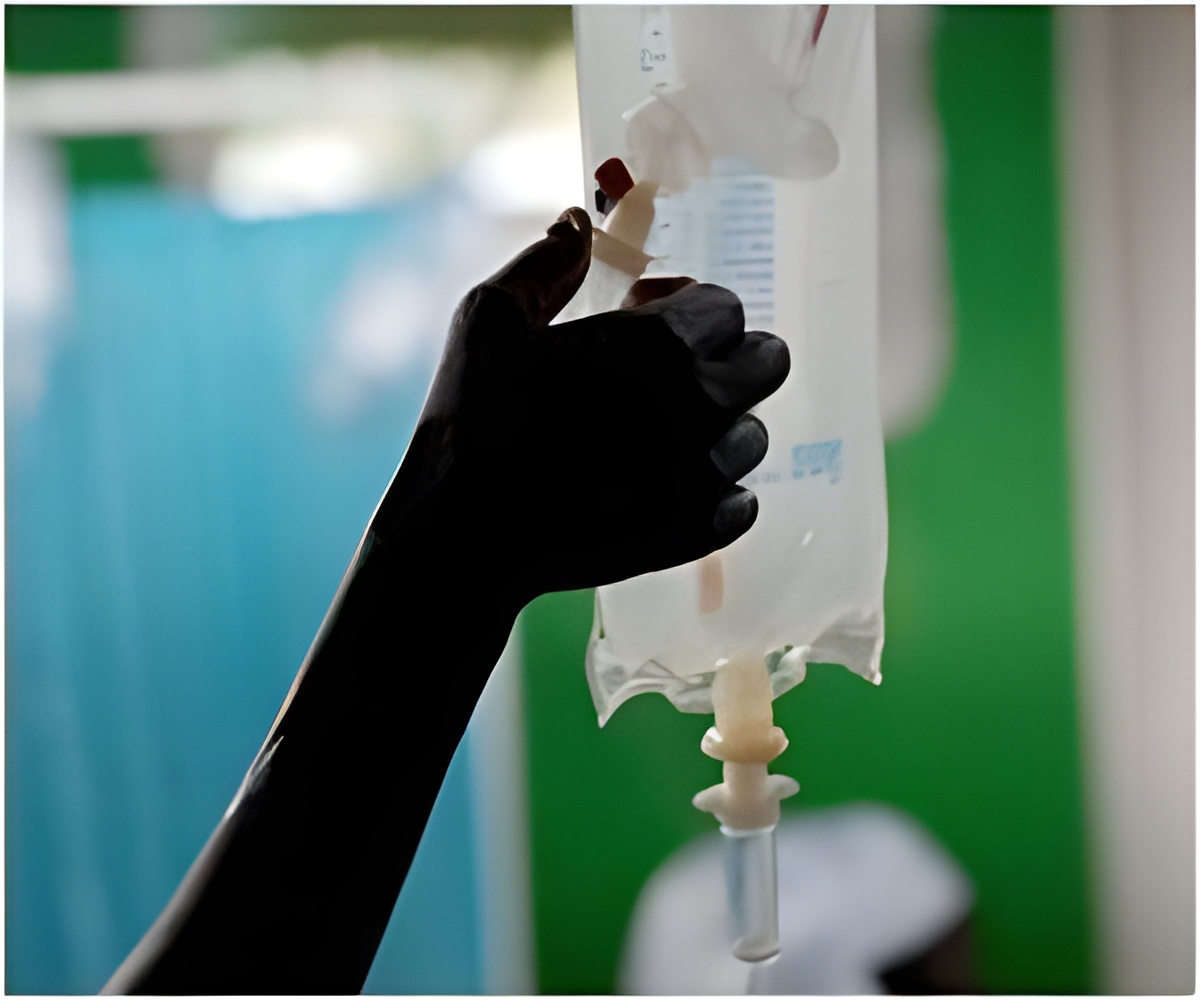
There has already been evidence of limited transmission between humans, and last week the WHO said two Saudi health workers had contracted the deadly coronavirus from patients -- the first evidence of transmission in a hospital setting.
But Fukuda said the WHO was looking into "whether this has the potential to have a more extensive spread, more extensive transmission."
Given the high fatality rate relative to the number of cases, experts have highlighted the power of the virus and the frightening prospect of its mutating into a form that leaps easily from human to human.
Fukuda's comments came after Saudi Arabia on Wednesday said another person had died from the virus. With a total death toll of 17, it has been the hardest hit by the disease that first emerged last June.
So far, there have been 44 lab-confirmed cases worldwide, half of them fatal, with 30 infections in Saudi Arabia and the rest spread across Jordan, Qatar, Tunisia, the United Arab Emirates, Germany, Britain and France.
Advertisement
The WHO said Thursday the virus, which until now has been known as the novel coronavirus, or nCoV-EMC, had been redubbed the Middle East Respiratory Syndrome Coronavirus (MERS CoV).
Advertisement
Like SARS, the new virus appears to cause an infection deep in the lungs, with patients suffering from a temperature, cough and breathing difficulty, but it differs from SARS in that it also causes rapid kidney failure.
Source-AFP










